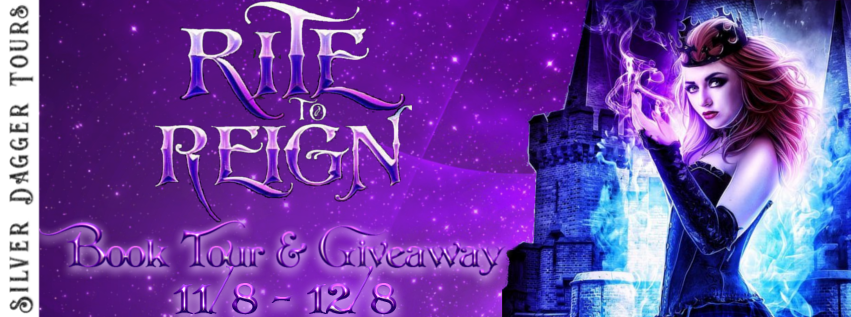I'm off for vacation, but while I'm gone, try this exercise to imrpove your writing! Have fun!
When we watch a film, the characters are foisted upon us. The actors
are the physical manifestations of the characters, and their accents,
hair, faces, and clothes are no longer subject to our imagination.
When the actor matches the ideal of the character, the audience is by
and large content. But when the character does not match the actor,
then the audience is disappointed.
With books, the reader forms his or her own image, and if the
author's description doesn't match, the reader will be disappointed.
In order to avoid this, most authors describe their characters as
soon as they are introduced, allowing the reader to form an image.
Authors, while they are writing their stories, have very clear images
of their characters, and their description is an important part of
making the character come alive to the reader. If the reader cannot
imagine what the character looks or sounds like, they can have
difficulty identifying with the character. Identifying with a
character is vital – without that connection, a reader can feel
detached from the story.
Since everyone has a different way of imagining things, readers'
views of characters can vary greatly. An author can give a clear
picture of a character's sex, height, eye colour, hair and skin,
build, and clothing. However, when describing a character, the author
has to walk a narrow line between giving too little and too much
information.
Different genres of books deal with physical descriptions in vastly
different ways. It's almost a given that a book focusing on romance
will describe a character all throughout the book. It's a
manifestation of falling in love. When we fall in love, we think,
dream, fantasize about our love interest extensively. Therefore,
romance readers will readily identify with endless descriptions of
the physique and emotions of the characters. But readers need to
project their ideals upon the character. Too much description can
leave some readers feeling frustrated, especially as the book
progresses. Describing the characters over and over leaves very
little to the readers' imagination. The same with clothes – unless
the character is defined by the clothing or the clothing is important
to the story, it's best to be sparse with detail at risk of sounding
like a fashion magazine (admittedly, some readers like this).
In science fiction or horror stories, the characters are lavishly
described to the reader once at the beginning of the book in order to
set the tone of the story.
In murder mysteries, it's important to visualize the detective and
often the victim as well, so that the reader can identify with one or
the other.
In children's books, characters tend to be simply but well-described,
along with their traits of character. Pippi Longstocking comes to
mind, her description never varies: Pippi is red-haired, freckled,
unconventional and superhumanly strong – able to lift her horse
one-handed. She is playful and unpredictable. With that, the author
has given the reader all he or she needs to know to imagine the
character.
Most of all, description should be like a slightly blurred photo that
uses the reader's mind to add the details to bring it into focus.
Accent too plays a part – unless the dialogue is written in the
vernacular the reader will hear his or her own voice, with only
slight variations. For English readers, for example, Americans will
hear American accents, British the British accent, and so on. And
even if an American reader is reading a book set in London, the
American reader will not superimpose a British accent over the
dialogue unless prompted by spelling.
‘Ow, so lover-ly sittin' absa-bloomin'-lootly still,’ Eliza
Doolittle croons. The movie
'My Fair Lady' shows us how she looks and sounds – but in the book,
only creative spelling can show us 'ow, er, how,
she sounds.
Too much creative spelling can lose
a reader. Interest is held just as long as it's possible to read a
story and follow it without having to stop and try to figure out what
the author meant. Dialogue written in the vernacular has to be near
perfect – it's better for a beginning writer to try to portray a
subject's accent in small doses. However, a character can be
completely identified by speech patterns. If I write; ‘Use
the accent sparingly, you must’,
a certain Yoda springs to mind!
Punctuation is another thing an
author can use to show what a character is feeling. Exclamation
marks, dashes, italics, cut off sentences, etc., are all part of the
manifestation of a character's personality. Punctuation in a dialogue
can show a reader what a character is feeling better than just
telling the reader what the character feels. Use exclamation points
as sparingly as possible – too many, and the reader feels yelled
at!
Here is an exercise for you; write a
short (2 or 3 lines at the most) paragraph introducing and describing
the same character for different genres: romance, science fiction, YA
(or children's book), mystery. You can even add a line of dialogue if
it helps describe the character as well.
Have fun!































